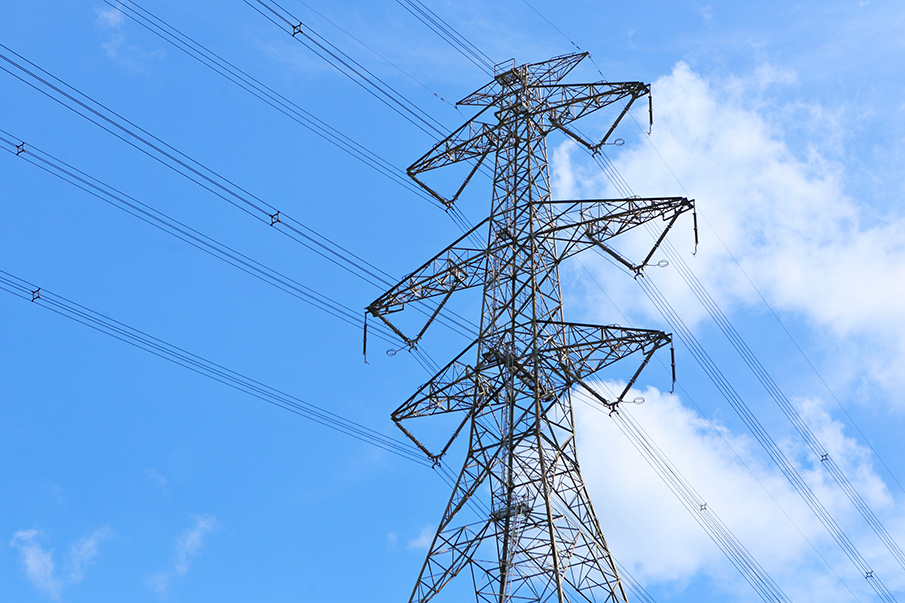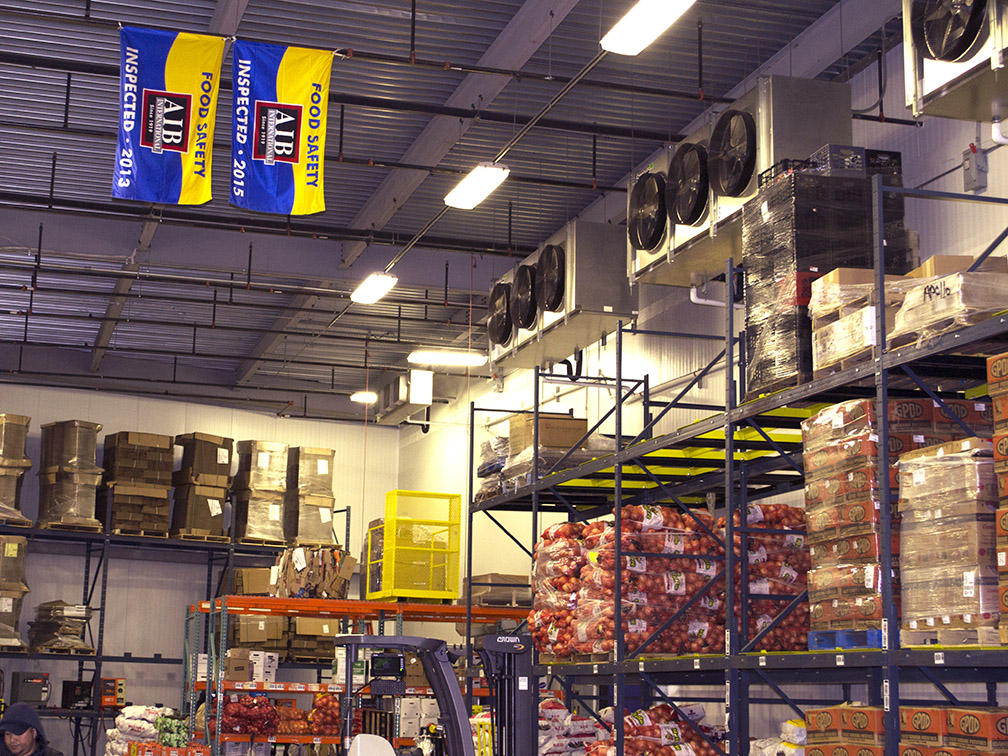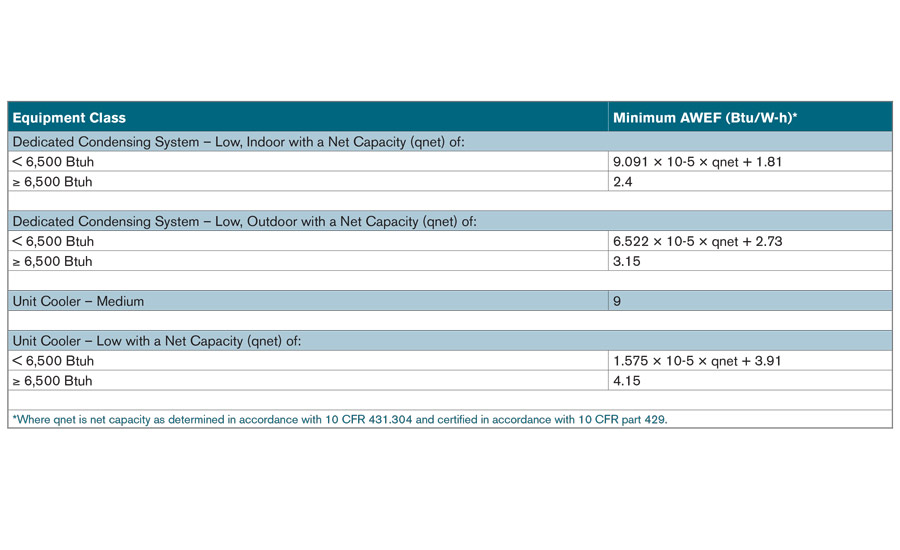Last month, the American Council for an Energy-Efficient Economy (ACEEE) released their 2020 State Energy Efficiency scorecard. It’s the fourteenth year in a row they’ve made their research available and it’s always an interesting glimpse into how states attack their energy goals.
Most states have more than one reason for wanting to tackle their energy problems—from wanting to better combat rising and changing temperatures to decreasing their reliance on fossil fuels—and different ideas on how best to approach them. For some states, it’s one of their top priorities, and for others, it feels like wishful thinking. A state like West Virginia’s entire identity is based around fossil fuels, even as they continue to close coal mines throughout the state. Whereas states like California and Massachusetts, with big tech hubs and younger people wanting to live there, find themselves near the top of the rankings year after year.
One another nugget of data stands out in easily the most unique analysis they’ve ever done: the states with the most aggressive energy efficiency plans suffered the least impact from the pandemic and economic crises throughout the year.
“In top-ranked California, for example, utility regulators in January approved $45 million in incentives for high-efficiency heat pump water heaters, a crucial technology for reducing greenhouse gas emissions. In September, Governor Gavin Newsom issued an executive order calling for the phase-out of new gasoline-powered vehicles by 2035.”
The beauty of energy efficiency improvements is that it is literally as effective on either the micro or macro level. And in either the residential or commercial spaces. Whether you’re replacing a single fluorescent light bulb in your living room lamp, swapping out diesel gas vehicles for hybrid models for your fleet of work vans, or adding controls to every food cooler in your nationwide chain of restaurants, energy efficiency is a proven way to reduce your energy consumption and costs.
So what did the ACEEE do to compile their rankings?
The research looks at every state and “tracks their policies and programs to reduce energy use, such as adopting or advancing energy-saving targets, vehicle rules, or appliance standards. It is the most comprehensive national measuring stick for energy efficiency—reviewing states on 32 metrics—and provides a roadmap for future improvements.”
And without further adieu… *drum roll*
The Top 10 Most Energy Efficient States
- California
- Massachusetts
- Vermont
- Rhode Island
- New York
- Maryland
- Connecticut
- District of Columbia
- TIE between Oregon & Minnesota
You can see the rest of the rankings, as well as an explanation of the 30+ criteria the ACEEE used in their process, at their site.




